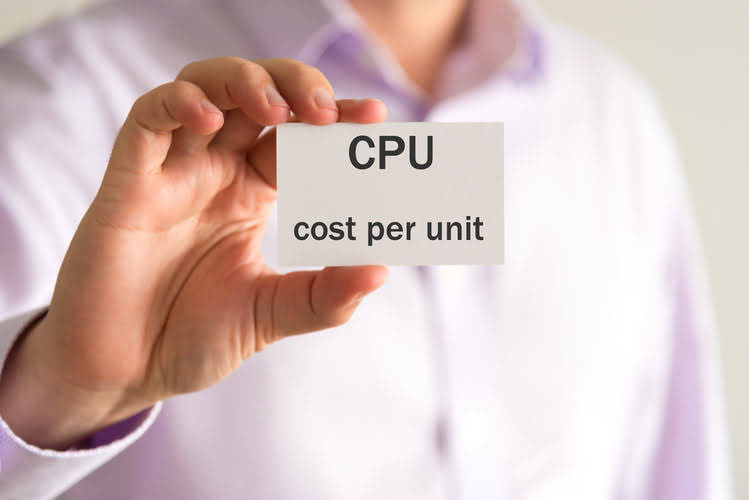General Ledger Reconciliations: How to Conduct GL Recs

Managing this process efficiently is vital for maintaining accurate financial records, ensuring regulatory compliance, and supporting informed business decisions. In essence, bank reconciliation ensures that the company’s recorded cash transactions match the transactions processed by the bank. You’re comparing your internal records to external sources (such as bank statements), ensuring every transaction aligns correctly. This process can help you Bookkeeping for Chiropractors detect fraud, prevent financial misstatements, and ensure compliance with laws and standards like GAAP or IFRS.
Automation Software for Large and Midsized Businesses
To understand the full story, you have to analyze the segments that power your aggregated numbers. You have to be able to dive deeper into them individually so you can better reconcile items that don’t match. Unfortunately, there are a number of things that can slow you down in the process.
- After completing the reconciliation steps, the account reviewer will confirm the reconciler’s analysis.
- This is an essential accounting process for error checking that should be performed regularly.
- Having real-time insights enables you to react quickly to changes in your financial situation, whether it’s identifying cash flow challenges or spotting unexpected expenses.
- So, a general ledger is the book that records all the financial transactions conducted during business operations within a specific time period.
- Nigel Sapp is a content marketer at Numeric, partnering with top accountants to break down best practices, thorny accounting topics, and helping teams navigate the world of accounting tech.
General ledger to subledger reconciliation steps

Before Congress can consider budget reconciliation legislation, it must first develop a budget resolution. This process is done through the Budget committees in the House and Senate, which establish overall spending and revenue levels by various budget functions for the current or upcoming fiscal year. In addition, the budget resolution could contain general reconciliation instructions without specifying committee targets or combine committee instructions with broader, overall directives. For example, instructions could direct certain committees to achieve specified savings while providing overarching guidance on the total deficit reduction or general ledger reconciliation spending increase limits. Leapfin ingests operational data from every system – from payment service providers and order management systems to billing systems and app stores.
- When numbers go awry, an avalanche of financial issues come in its wake meaning that reporting, decision-making, and more are thrown into chaos.
- Here, a business verifies its account receivables by comparing invoiced amounts to what’s recorded in the general ledger.
- This makes it simpler to demonstrate compliance during audits, ultimately reducing the risk of regulatory penalties and fostering trust with stakeholders.
- Accounts receivable reconciliation involves verifying the balances in your general ledger’s accounts receivable account with the amounts owed to your business by customers.
- With reconciled records, you avoid the risks of acting on incorrect or outdated information.
- So, for example, conducting accounts receivable reconciliation is a necessary part of any general ledger and balance sheet recs.
Understanding the Process of General Ledger Reconciliation

If you don’t have the right documents, you can’t verify the accuracy of your ledger. We’re on a mission to automate and simplify finance operations for teams working at scale. As discussed in our 2021 blog, in the House, reconciliation bills move forward in the same manner as other legislation.

Importance for Financial Integrity and Compliance

The general ledger is a comprehensive listing of the accounts a company uses to record business transactions. A sub-ledger is a module within an accounting system that tracks activity specific to transactions, such as customer invoices and payments, vendor bills, and retained earnings balance sheet fixed assets. Each sub-ledger tracks individual transactions that make up the total general ledger account balance. Imagine having an automated reconciliation solution that automatically matches and categorizes transactions, thereby eliminating the manual process.

How can automation streamline general ledger reconciliation?
- These Excel formulas aid in identifying discrepancies and ensuring accurate financial reporting.
- The reconciliation process is a common activity just prior to the arrival of the auditors for the annual audit, to ensure that the accounting records are in pristine condition.
- This includes bank statements, workpapers, or downloaded reports you’ll use to substantiate the recon.
- Mastering the general ledger reconciliation process will help you maintain accurate financial records, support sound decision-making, and ensure regulation compliance.
- This gives your team visibility into every transaction activity in your business.
Performing regular reconciliations according to best practices is key to strong financial controls. Automated reconciliation processes provide real-time insights into your financial data, allowing for immediate visibility into your organization’s financial health. By continuously monitoring transactions and balances, you can make informed decisions based on current data rather than relying on historical reports. When reconciling balance sheet accounts, a general ledger account can have multiple source documents.